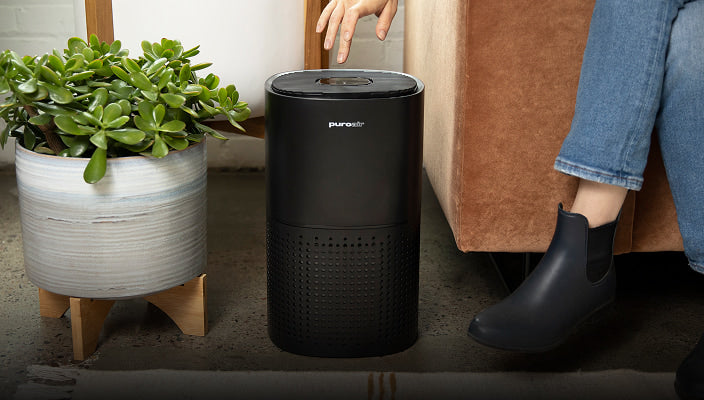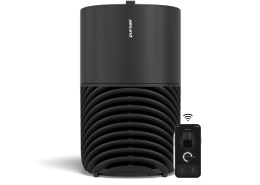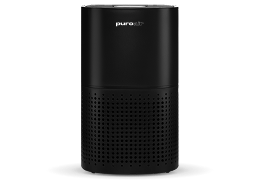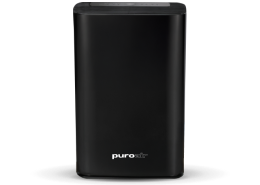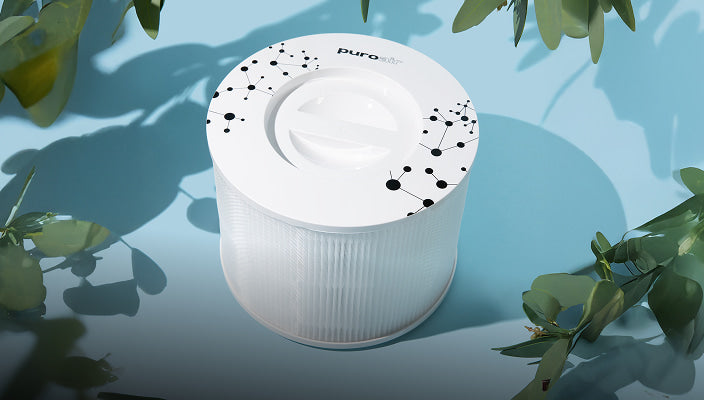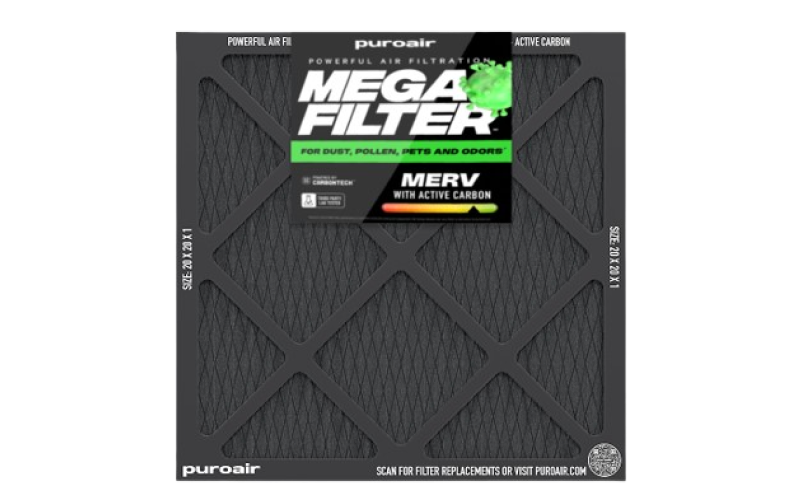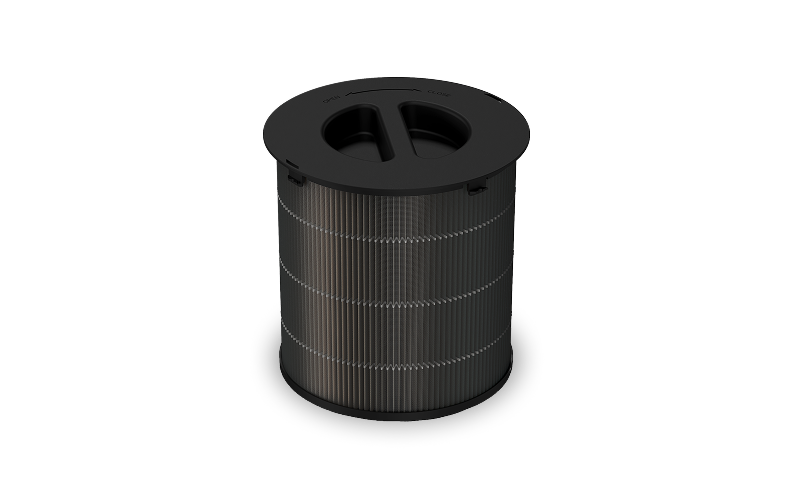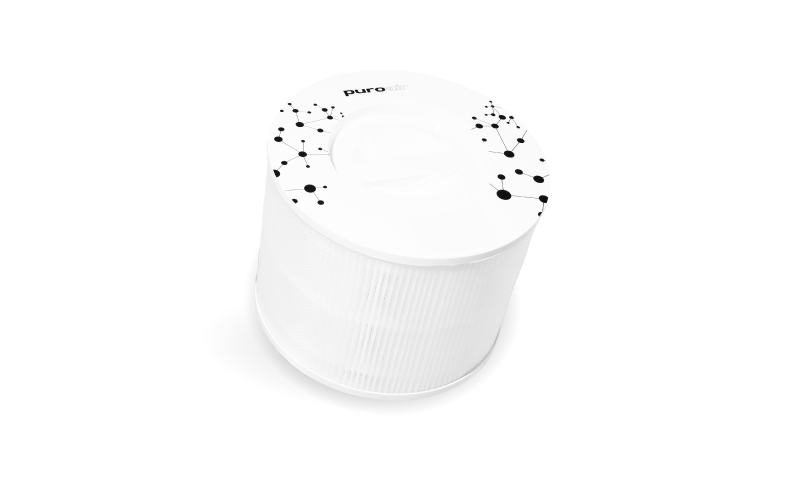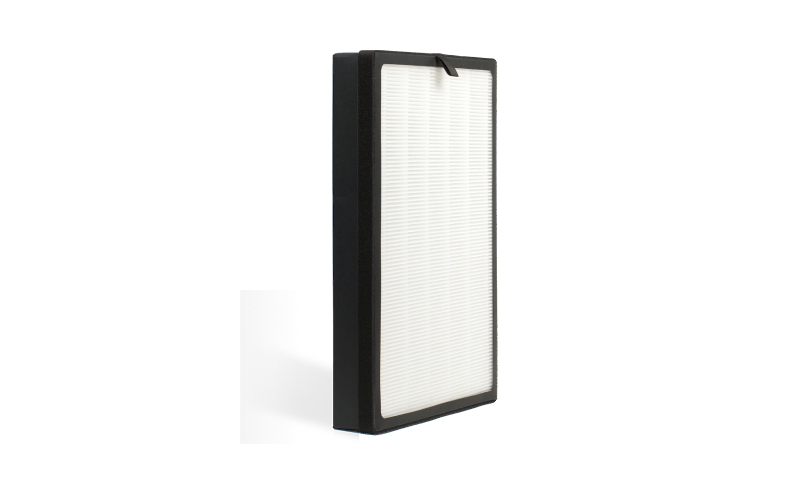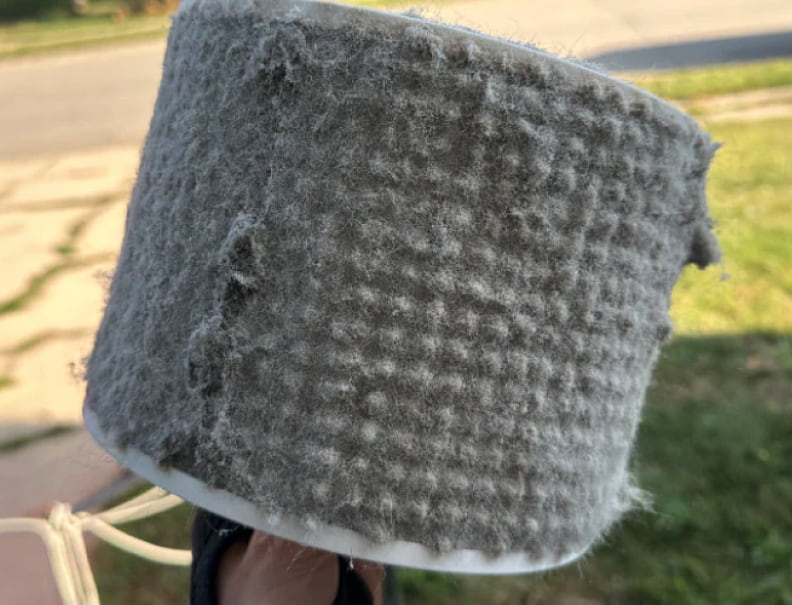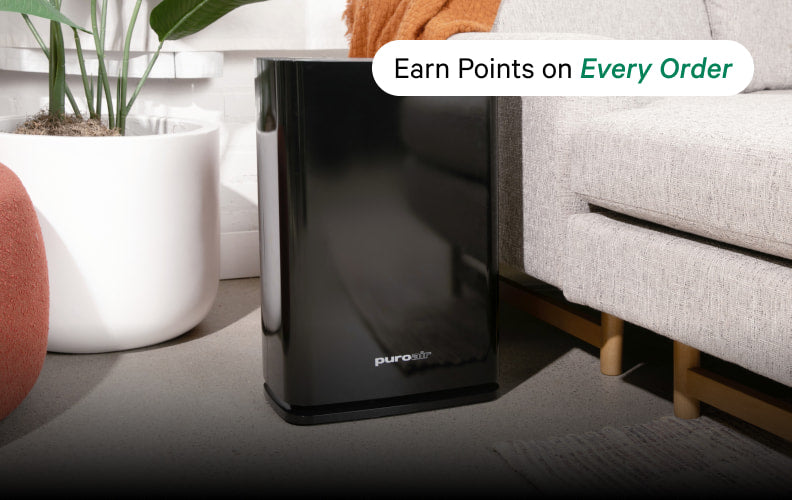Understanding the Role of Air Purifiers in Managing Allergies
In today's world where indoor air can be up to five times more polluted than outdoor air, allergens* pose a significant challenge for those who suffer from allergic reactions. Small particles such as dust mites, pollen, and pet dander can trigger a range of symptoms, from sneezing and itching to allergy attacks. However, amidst this concern, air purifiers have emerged as a potential game-changer in managing indoor allergies. This comprehensive guide dives deep into the connection between air purifiers and allergy control, highlighting their benefits, different types, and essential tips to optimize their use for allergy relief.
How Allergies are Triggered
Allergies are immune responses to substances that are usually harmless but can cause a reaction in some individuals. In the context of indoor air quality, common allergens* are tiny particles that float in the air and are easily inhaled, triggering allergic symptoms. The culprits include:
- Pollen: Normally found outdoors, pollen can enter indoor spaces through various means, causing hay fever symptoms.
- Dust Mites: Microscopic bugs that live in household dust, particularly in bedding and upholstered furniture, can induce allergic responses.
- Pet Dander: Scales of skin shed by cats, dogs, and other animals with fur or feathers can linger in the air, leading to an allergic reaction in sensitive individuals.
- Mold Spores: These tiny particles can arise from both indoor and outdoor sources, becoming significant irritants for allergy sufferers.
Understanding these common triggers is the first step toward mitigating allergic responses within your home.
Benefits of Air Purifiers in Allergy Relief
One of the primary attributes of air purifiers is their ability to reduce the concentration of these allergens* in indoor spaces. By doing so, air purifiers offer several benefits:
- Improved Air Quality: Air purifiers effectively trap and filter out a variety of allergens*, which can significantly enhance the quality of the air you breathe, especially for those with allergies or respiratory conditions.
- Reduced Symptoms: The decrease in allergen* levels can lead to a reduction in allergy symptoms such as sneezing, itchy eyes, and congestion, providing welcome relief to chronic allergy sufferers.
- Helpful Measures: For individuals looking to help with allergic reactions, especially in seasons or circumstances known to exacerbate allergies, air purifiers can be a proactive defense.
Air purifiers are a powerful tool in managing and controlling allergic reactions.
Types of Air Purifiers
When it comes to alleviating allergies, not all air purifiers are created equal. There are several types, each with its own technology for cleaning contaminants from the air:
- HEPA (High-Efficiency Particulate Air) Air Purifiers: These are known for their excellent ability to filter small particles, including allergens*. HEPA filters are tested to clean up to 99.9% of particles that down to 0.1 microns in size.
- UV-C Air Purifiers: These use ultraviolet light to sterilize and destroy bacteria and mold spores, complementing the action of HEPA filters.
- Activated Carbon Air Purifiers: Primarily designed to clear out odors and gases, they can also trap larger particles such as pet hair and dust before they can settle and release further allergens*.
Each type of air purifier has its own set of advantages, and the best choice will depend on the specific allergy triggers and the level of purification required.
Choosing the Right Air Purifier
Selecting an air purifier that is most effective in combatting allergies involves several considerations:
- Room Size: It is crucial to choose an air purifier that is the right size for the room where it will be used. An undersized unit may not fully clean the air, while an oversized unit may use more energy than necessary.
- Filter Replacement: Regular maintenance, including filter changes, is essential for the continued effectiveness of an air purifier. Understanding the cost and frequency of filter replacement is key to long-term allergy management and the unit's overall efficiency.
- Wi-Fi Enabled: Some air purifiers, like the 130i Smart Air Purifier, allow users to control settings and receive filter change notifications directly to their phone or tablet.
Investing in the right air purifier size and type ensures the best long-term results in managing indoor allergies.
Tips for Optimal Allergy Relief with Air Purifiers
Air purifiers can be even more effective in reducing allergy symptoms when used correctly. Here are some tips for maximizing their potential:
- Proper Placement: Positioning the air purifier in a central location, away from walls and furniture, allows for optimal air circulation and purification.
- Regular Cleaning: Dust and other particles can accumulate on the unit and reduce effectiveness. Regular cleaning of the purifier itself is crucial for maintaining clean air quality.
- Complementary Measures: Air purifiers work best when used in combination with other allergy relief strategies, such as keeping windows closed during high pollen seasons, having a MERV 13 HVAC filter with active carbon, and using allergen*-resistant bedding and furniture covers.
Leveraging these tips ensures that air purifiers work at their peak to minimize allergic reactions and contribute to healthier living environments.
The Verdict on Air Purifiers for Allergy Relief
In conclusion, air purifiers can play a significant role in managing indoor allergies by effectively reducing the levels of indoor allergens*. When combined with a holistic approach to allergy avoidance and treatment, they are a worthy ally for allergy sufferers.
If you're someone who battles with allergies regularly, it may be time to consider integrating an air purifier into your indoor environment. With their proven ability to purify indoor air and provide relief from common allergens*, the right air purifier could be the key to breathing easier and living more comfortably.
Remember, in the quest for allergy relief, education and proactive measures are just as critical as the tools you use. Stay informed, take control of your indoor environment, and enjoy a life with fewer allergy-related struggles.
*Tested to remove Fel d 1 and pollen in an ISO 17025 certified lab.

